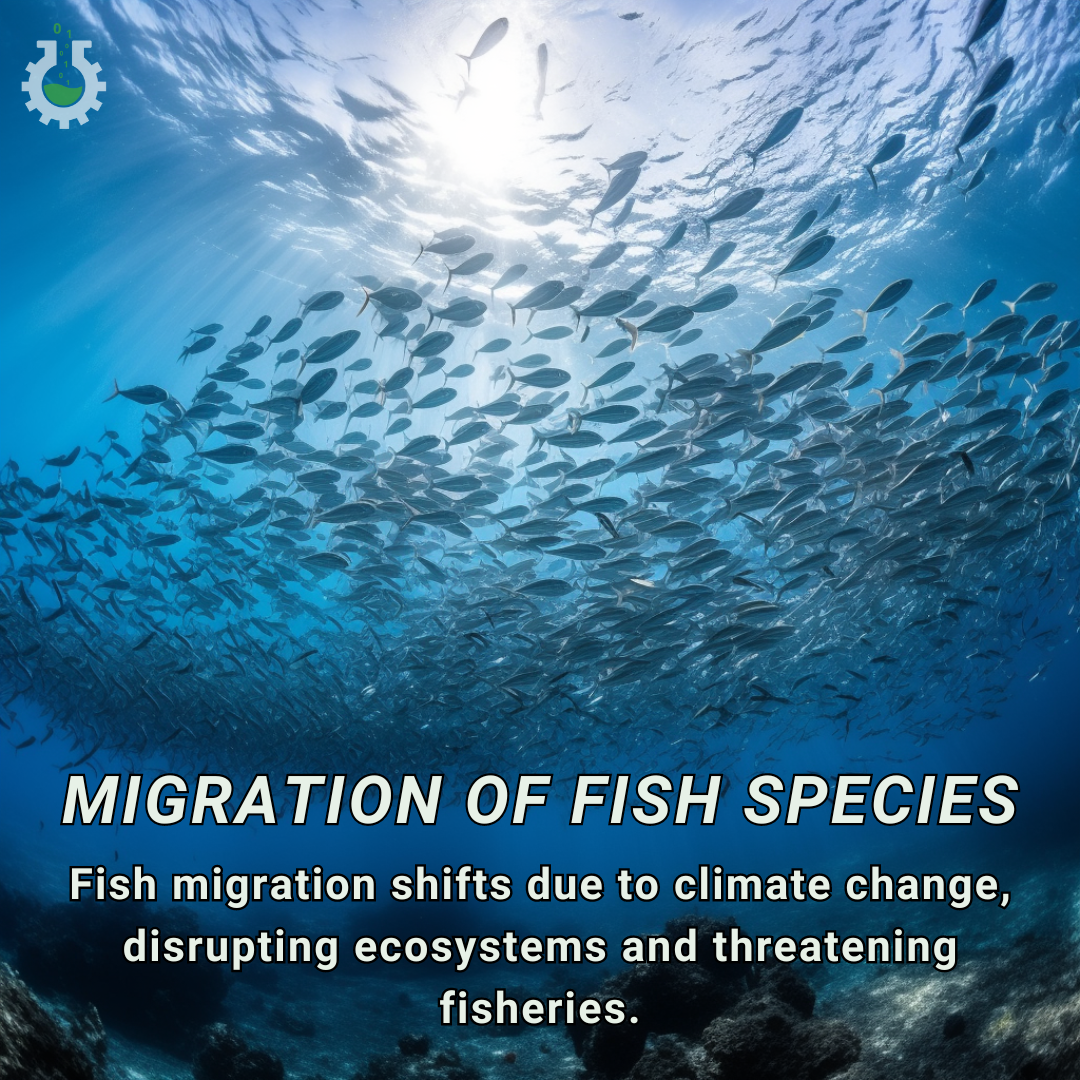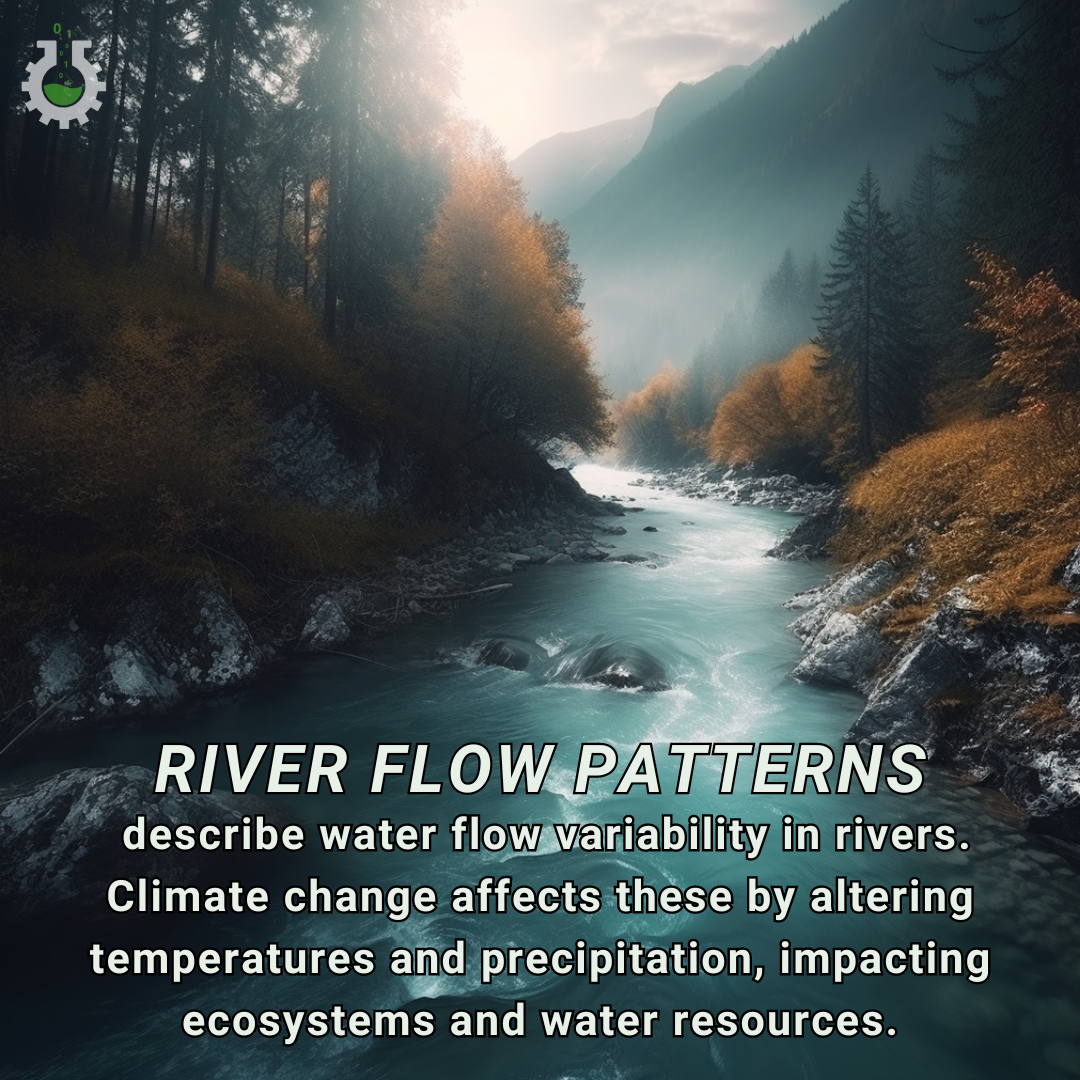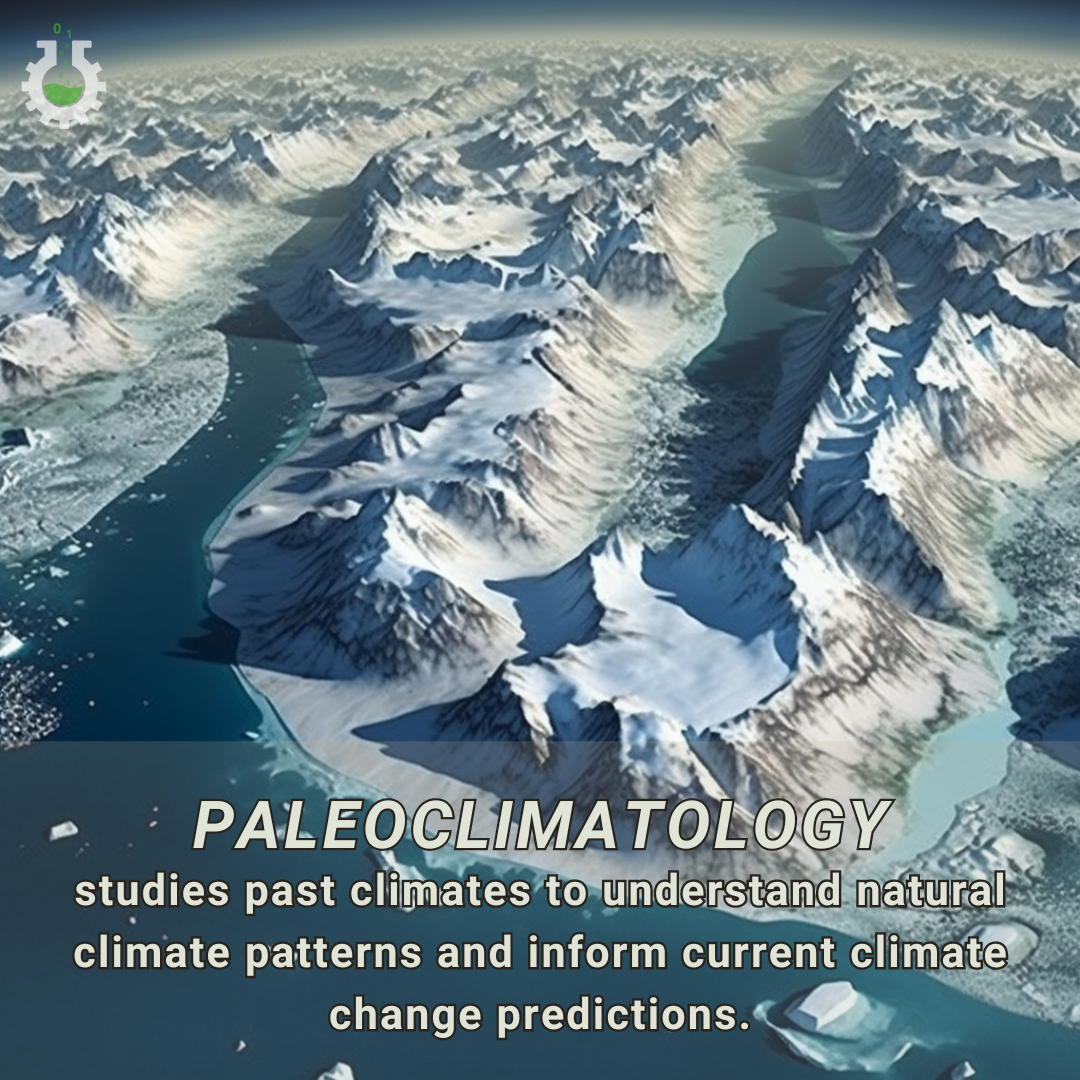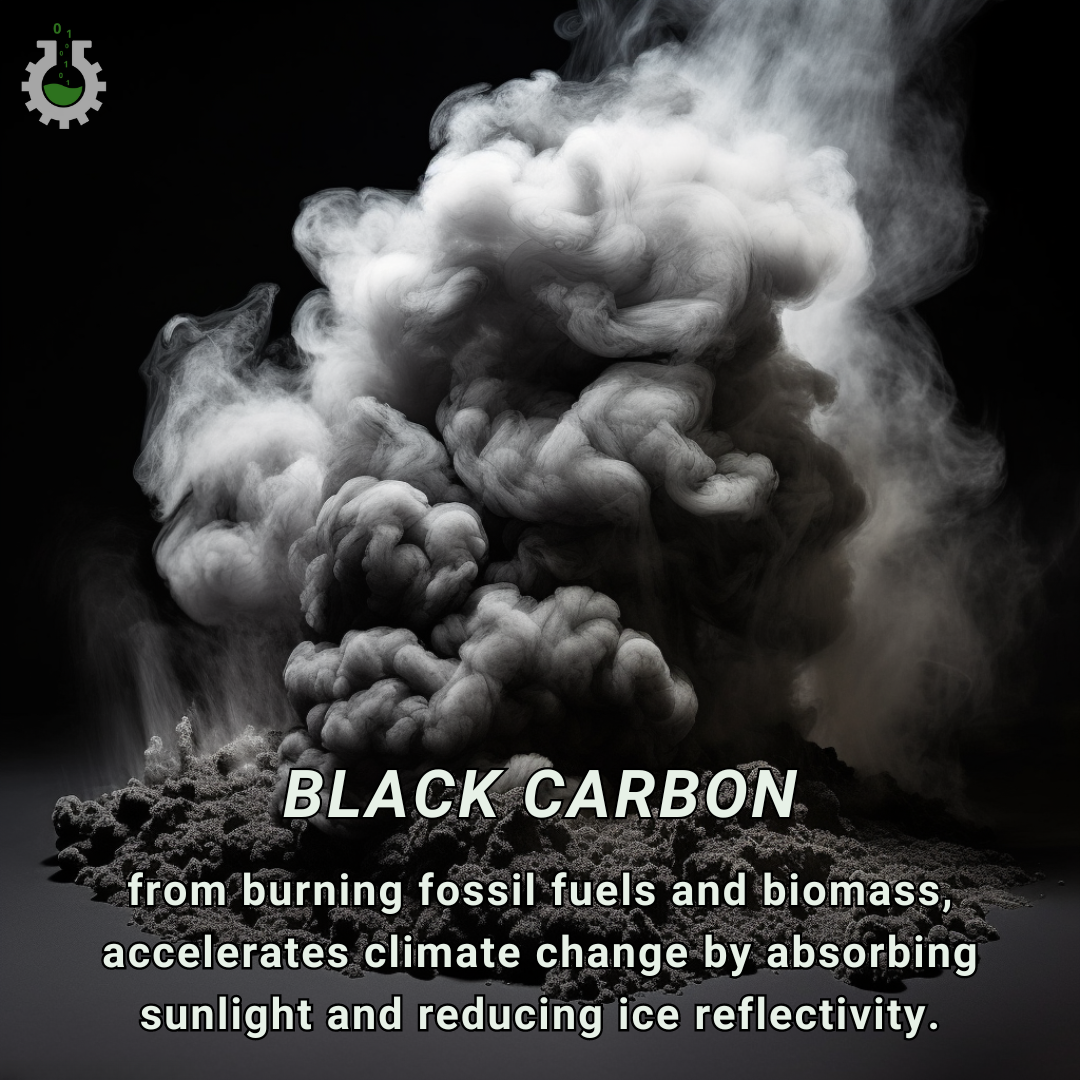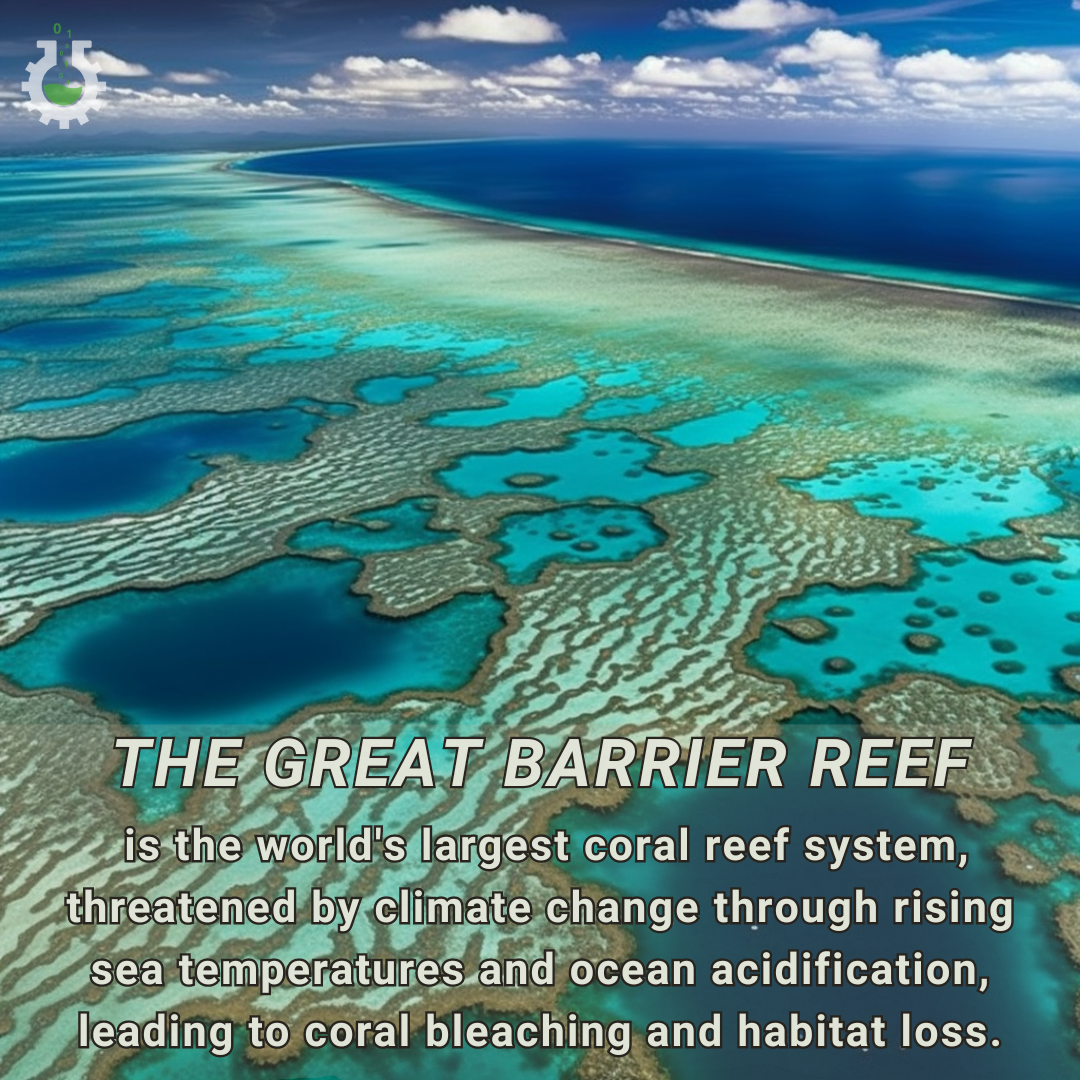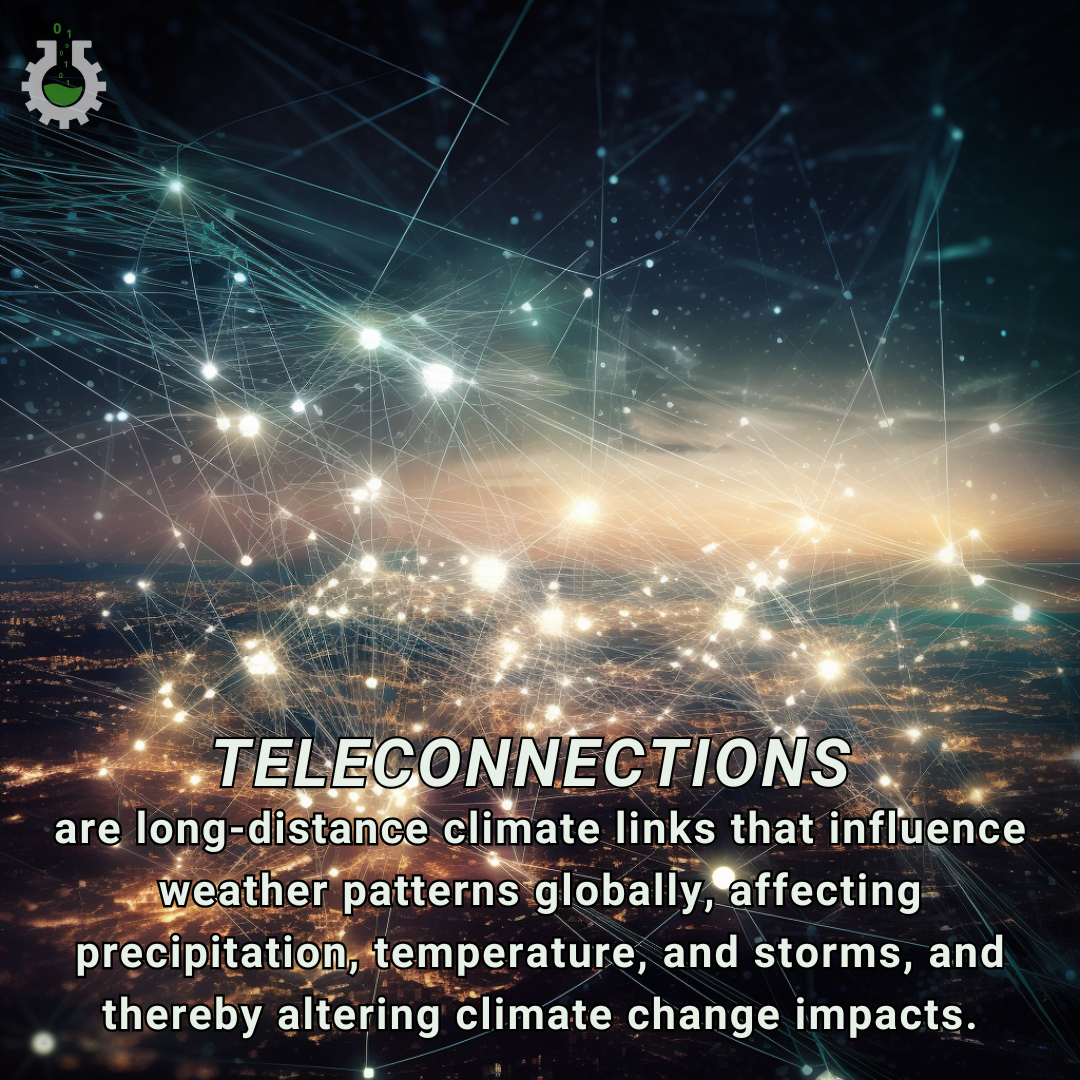The migration of fish species refers to the movement of fish to different habitats, often due to changes in temperature, salinity, and food availability. Climate change alters these factors, disrupting traditional migration patterns, affecting biodiversity, and threatening global fisheries.
River flow patterns describe the variability in water flow within a river system. Climate change alters these patterns through increased temperatures and altered precipitation, leading to changes in river discharge, frequency of floods and droughts, impacting ecosystems and water resources.
Paleoclimatology is the study of past climates using evidence from tree rings, ice cores, and sediments. It helps understand natural climate variations and informs predictions about current climate change impacts.
Tropical cyclones are intense storm systems formed over warm ocean waters. Climate change is increasing their frequency and intensity by raising sea surface temperatures and altering atmospheric conditions.
Black carbon is a pollutant produced from incomplete combustion of fossil fuels and biomass. It accelerates climate change by absorbing sunlight and reducing the reflectivity of ice and snow.
The cryosphere includes all frozen water on Earth, such as glaciers and ice caps. It’s shrinking due to climate change, contributing to sea level rise and altering global climate patterns.
Dust storms are strong winds carrying large amounts of dust and sand. Climate change can intensify these storms by increasing drought and desertification, leading to more frequent and severe events.
The Great Barrier Reef is the world’s largest coral reef system. Climate change threatens it through rising sea temperatures, ocean acidification, and increased storm intensity, leading to coral bleaching and habitat loss.
Teleconnections refer to climate phenomena that are connected over long distances, influencing weather and climate patterns globally. These interactions can amplify or moderate the effects of climate change by altering precipitation, temperature, and storm patterns across different regions.
Space exploration involves studying outer space through manned and unmanned missions. Its connection to climate change includes monitoring Earth’s climate from space, improving climate models, and developing technologies that can reduce greenhouse gas emissions.


